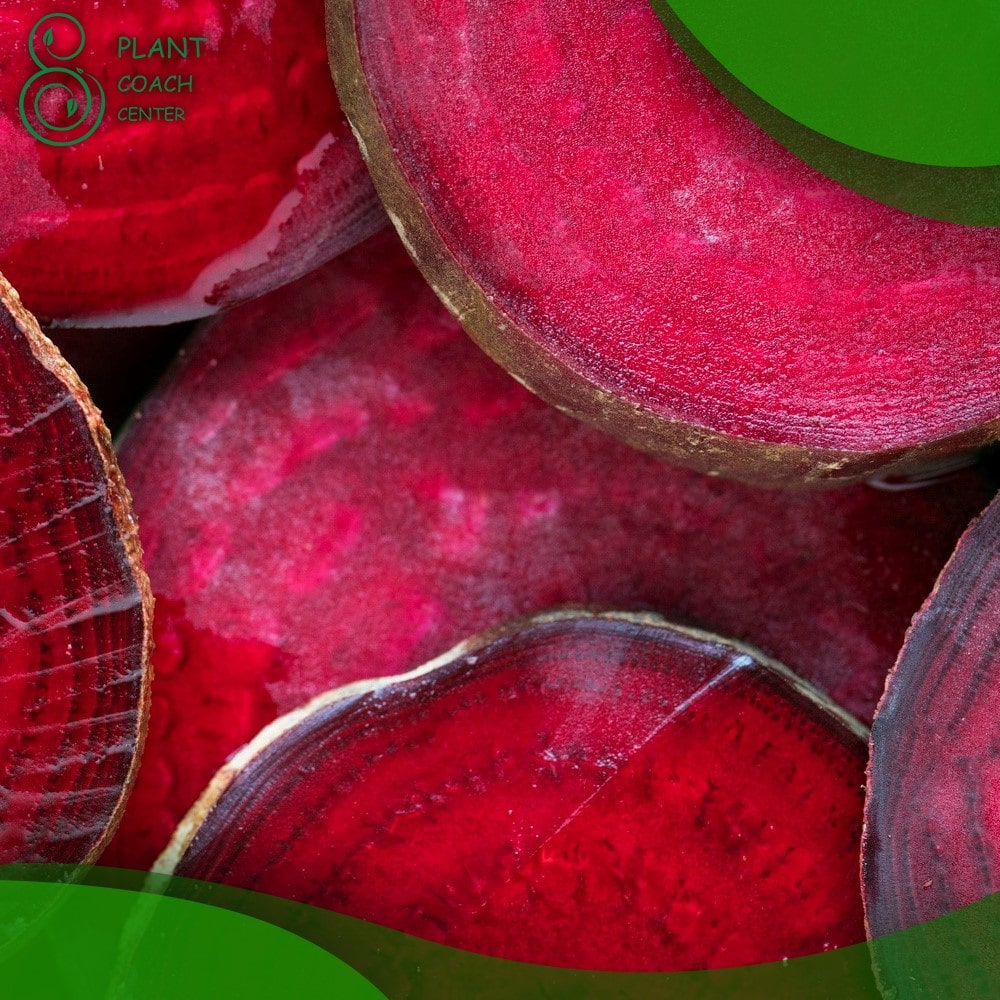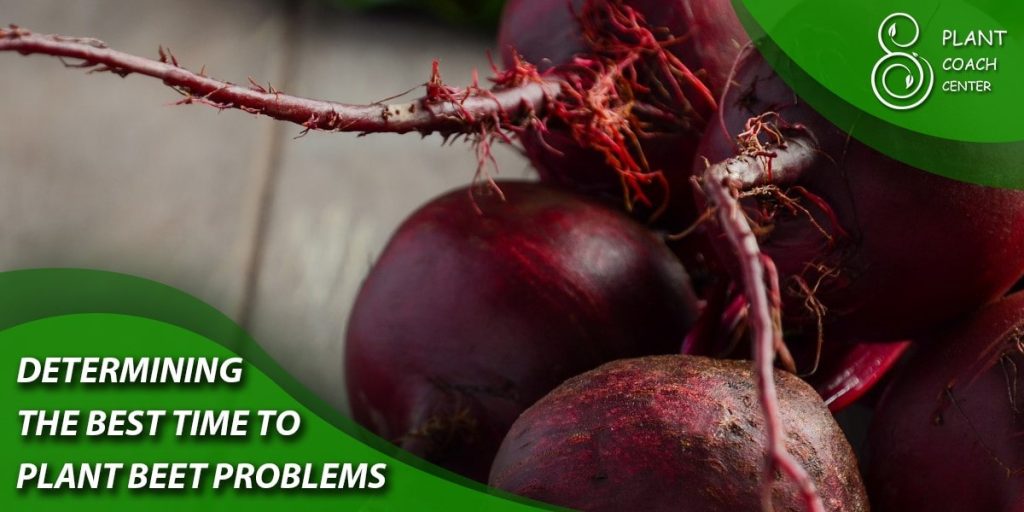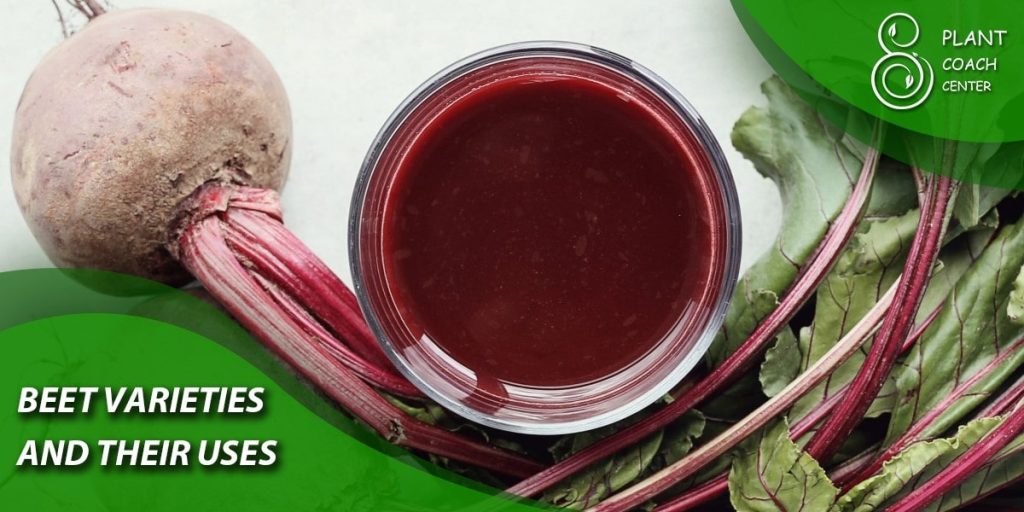When to Plant Beet Seeds
Gardening is more than just a pastime—it’s a way of connecting with nature, nurturing life, and creating beauty in our own backyards. Among the plethora of plants that can adorn our gardens, the humble beetroot holds a special place. Nutritious and versatile, beets are a favorite among health enthusiasts and gourmet chefs alike. However, a common question for both novice and experienced gardeners is: “When to plant beet seeds?”
Understanding Beets
The Basics of Beet Biology
Beetroots, scientifically known as Beta vulgaris, are part of the Amaranthaceae family. There are several varieties of beets, each with its distinct color, size, and taste. Understanding the biology of beets is crucial before you embark on your planting journey. It aids in knowing what to expect during the plant’s lifecycle, from germination to maturation, and how to cater to its specific needs.
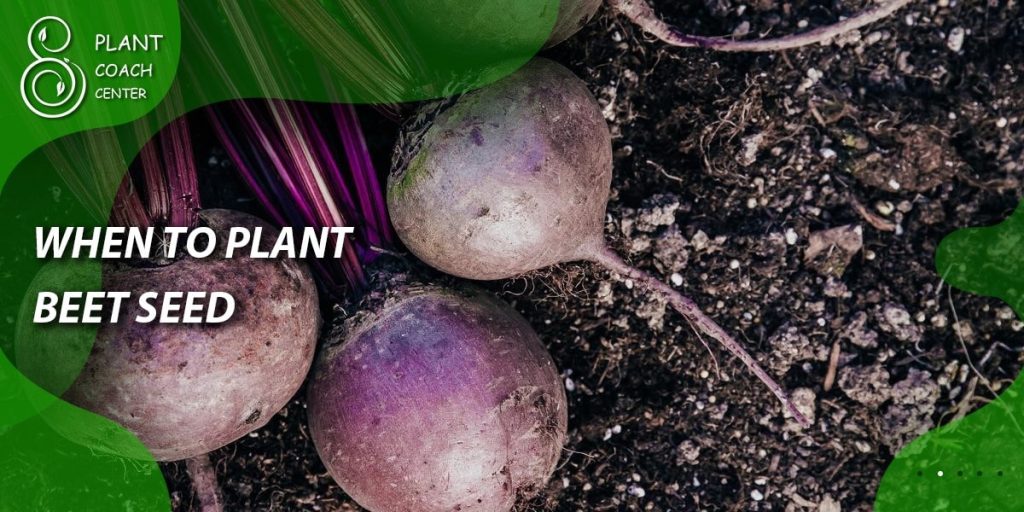
The Nutritional Value of Beets
Beets are a powerhouse of nutrients. They are rich in fiber, vitamins A, C, and B6, and minerals such as iron, potassium, and magnesium. The health benefits of consuming beets range from improved digestion to better cardiovascular health and enhanced athletic performance.
The Importance of Timing in Beet Planting
Factors Influencing Planting Time
When it comes to planting beets, timing is everything. Factors such as your local climate, the specific season, and soil temperature can greatly influence when you should plant your beet seeds.
Determining the Best Time to Plant Beet Seeds
Typically, the best time to plant beet seeds is in early spring, as soon as the soil can be worked and the risk of frost has passed. Beets are hardy plants and can tolerate a bit of chill, but a sudden frost can damage the seedlings.
Preparing for Planting
Selecting Quality Beet Seeds
Investing in quality seeds is half the battle won. Look for seeds from reputable suppliers and choose a variety that is suited to your local climate and soil.
Preparing the Soil
Beets prefer well-drained, sandy loam soil with a pH between 6.0 and 7.0. Prepare your planting bed by removing any rocks or debris and amending it with organic matter like compost. A soil test can also be helpful to ensure your soil has the right pH and nutrient levels.
The Planting Process
How to Plant Beet Seeds
Beet seeds should be sown about half an inch deep and 1-2 inches apart, in rows that are 12-18 inches apart. The seeds require consistent moisture and full sun to germinate successfully.
Caring for the Beet Seedlings
Once the beet seedlings emerge, they may need to be thinned to prevent overcrowding. Regular watering and application of a balanced fertilizer can also help boost their growth.
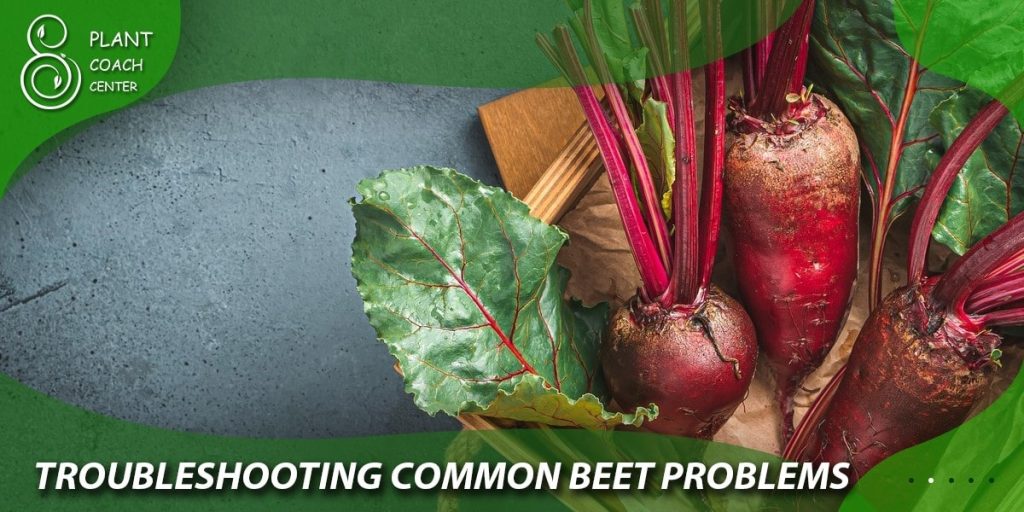
Troubleshooting Common Beet Problems
Identifying Beet Diseases and Pests
Like any plant, beets can be affected by a range of diseases and pests. Common beet diseases include Cercospora leaf spot, Fusarium wilt, and Rhizoctonia root rot. Pests such as leafminers, aphids, and flea beetles can also pose a problem.
Solutions for Beet Problems
Prevention is always better than cure. Regular inspection of your beets, maintaining good soil health, and practicing crop rotation can help keep most diseases and pests at bay. If a problem does occur, organic and chemical treatments are available.
Harvesting and Storing Beets
When and How to Harvest Beets
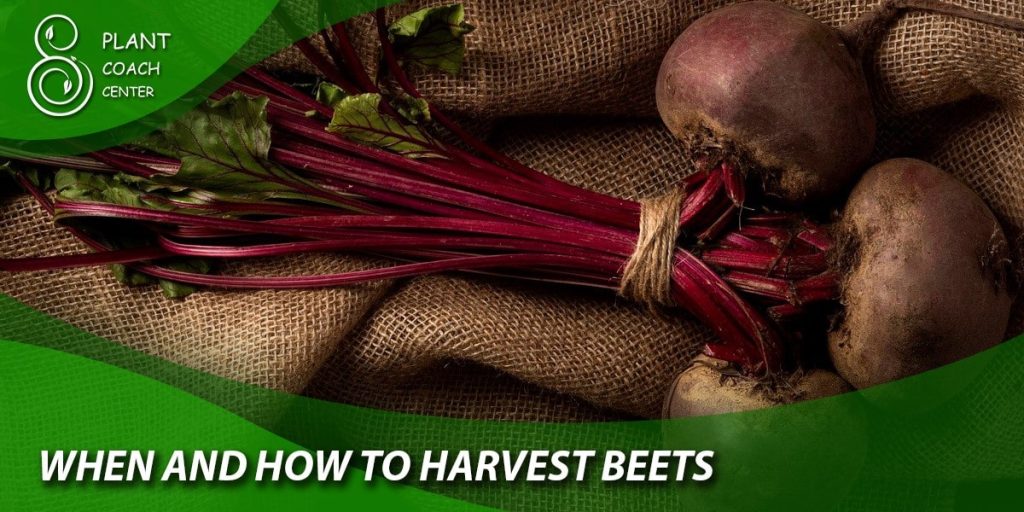
Beets are usually ready for harvest about 50-70 days after planting, depending on the variety. They can be gently pulled out of the ground when they are about 1.5 to 3 inches in diameter.
Storing and Using Harvested Beets
After harvesting, beets can be stored in the refrigerator for up to 3 weeks. They can be used in a variety of dishes, from salads and soups to desserts and drinks.
Beet Varieties: Unearthing the Diversity
Red Beets
Red beets, also known as table beets, are the variety most people are familiar with. They are characterized by their deep, crimson color and their sweet, earthy flavor. Red beets are a great source of betalains, a type of phytonutrient that has antioxidant, anti-inflammatory, and detoxification properties.
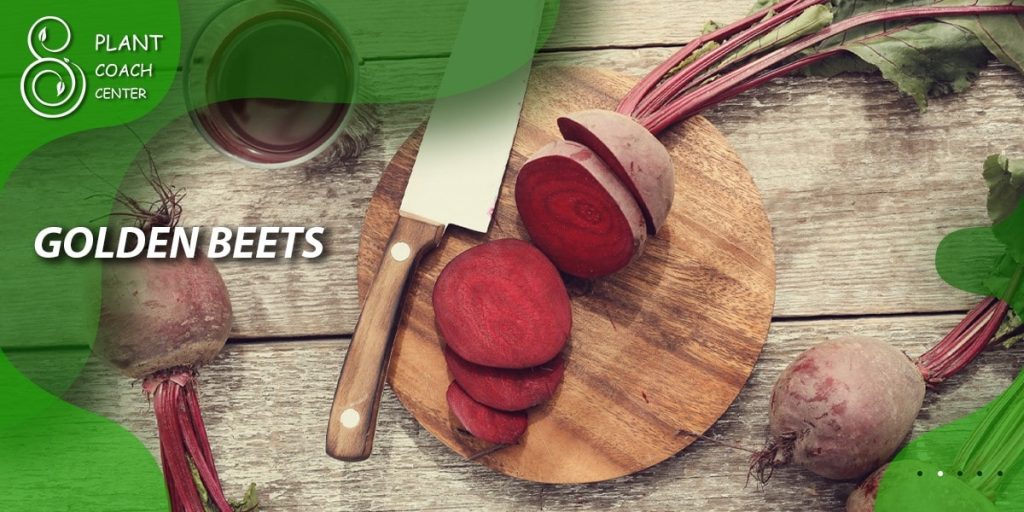
Golden Beets
Golden beets are, as their name suggests, a lovely, vibrant gold color. They are slightly sweeter and less earthy than red beets, making them a great choice for those who find the flavor of red beets too intense. Golden beets retain their bright color when cooked, which can add a beautiful pop of color to salads and other dishes.
White Beets
White beets are a lesser-known variety. They have a more neutral flavor compared to their colorful counterparts and don’t stain when cut or cooked. This makes them a good choice for dishes where you want the other flavors to shine, or for people who like the texture of beets but not the earthy taste.
Striped Beets
Striped beets, also known as Chioggia beets, are truly a sight to behold. When cut open, they reveal a beautiful pattern of concentric red and white stripes. They have a sweet flavor, similar to that of red beets, but their striking appearance often makes them a favorite for raw preparations where their unique color pattern can be showcased.
Beet Varieties and Their Uses
Red Beets in Cooking
Red beets are incredibly versatile. They can be roasted, boiled, steamed, pickled, or even eaten raw. Roasting red beets brings out their natural sweetness, making them a great side dish or a colorful addition to salads.
Golden Beets in Dishes
Golden beets are similarly versatile, but their sweeter flavor and vibrant color make them a great choice for dishes where you really want the beet to shine. Try roasting them and adding them to a salad with goat cheese and walnuts, or use them to make a visually stunning beet hummus.
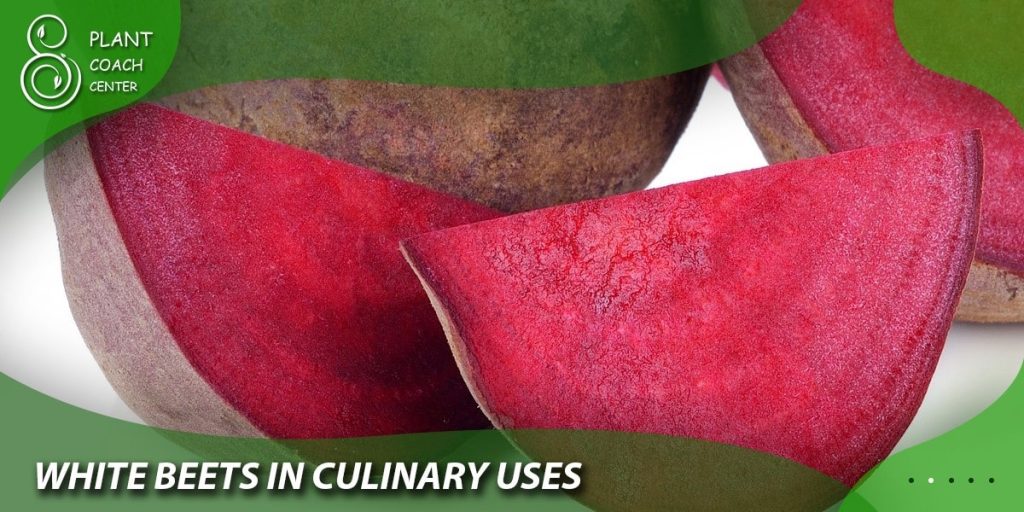
White Beets in Culinary Uses
White beets can be used in much the same way as red and golden beets, but their neutral flavor means they can also take on stronger flavors well. Try using them in a beet curry or a spicy beet soup.
Striped Beets in Salads
Striped beets are best used raw in salads or quick pickles, as their beautiful striping fades when cooked. Try slicing them very thin and adding them to a salad, or use a mandolin to make beet carpaccio.
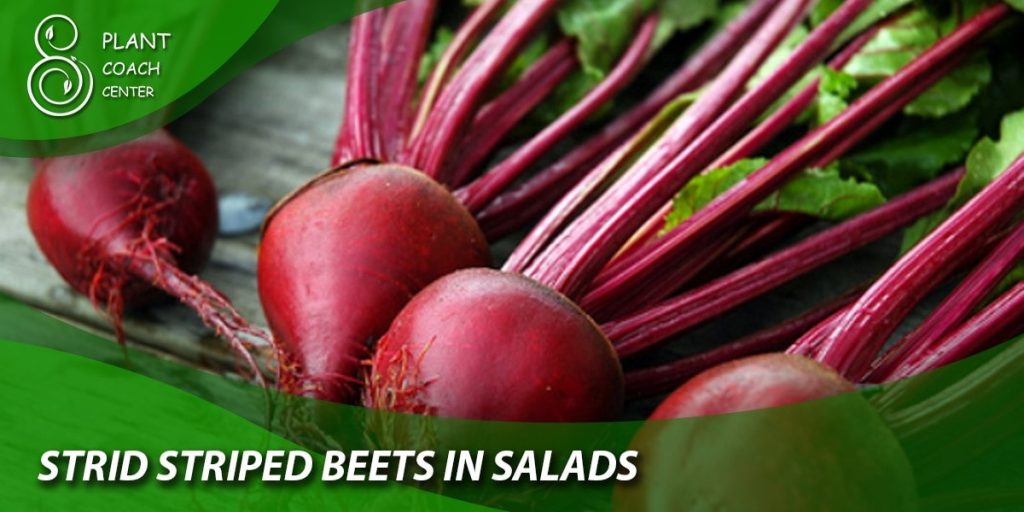
Choosing the right beet variety not only depends on your taste preference but also the type of dish you’re planning to make. Exploring different beet varieties can help add color, texture, and unique flavors to your meals. It can also be a fun way to add diversity and novelty to your beet-growing experience.
Conclusion
Growing beets can be a rewarding experience, especially when you know when to plant beet seeds and how to care for them. With patience, care, and a bit of gardening know-how, you can enjoy a bountiful beet harvest right from your garden.
When is the best time to plant beet seeds?
The best time to plant beet seeds varies depending on the specific climate and soil conditions, but generally, early spring or late summer are ideal times.
What are common problems when growing beets?
Beets can be affected by several problems including pests such as aphids and diseases like Cercospora leaf spot. Improper watering and nutrient deficiencies can also hinder growth.
How can I prepare the soil for beet planting?
Beets prefer well-drained soil rich in organic matter. Preparing the soil involves removing any debris, amending with compost or well-rotted manure, and ensuring the soil pH is between 6.0 and 7.0.
How deep should I plant beet seeds?
Beet seeds should be planted about 1/2 inch deep in the soil. Since each beet seed is a cluster of 2-4 seeds, thinning may be necessary once the seedlings emerge.
How should I care for beet seedlings?
Beet seedlings require regular watering, plenty of sunlight, and occasional application of a balanced fertilizer. Thinning is crucial to prevent overcrowding and ensure healthy growth.
When are beets ready to harvest?
Beets are usually ready to harvest when they are about 1.5 to 3 inches in diameter. This typically occurs 50-70 days after planting, depending on the variety and growing conditions.


